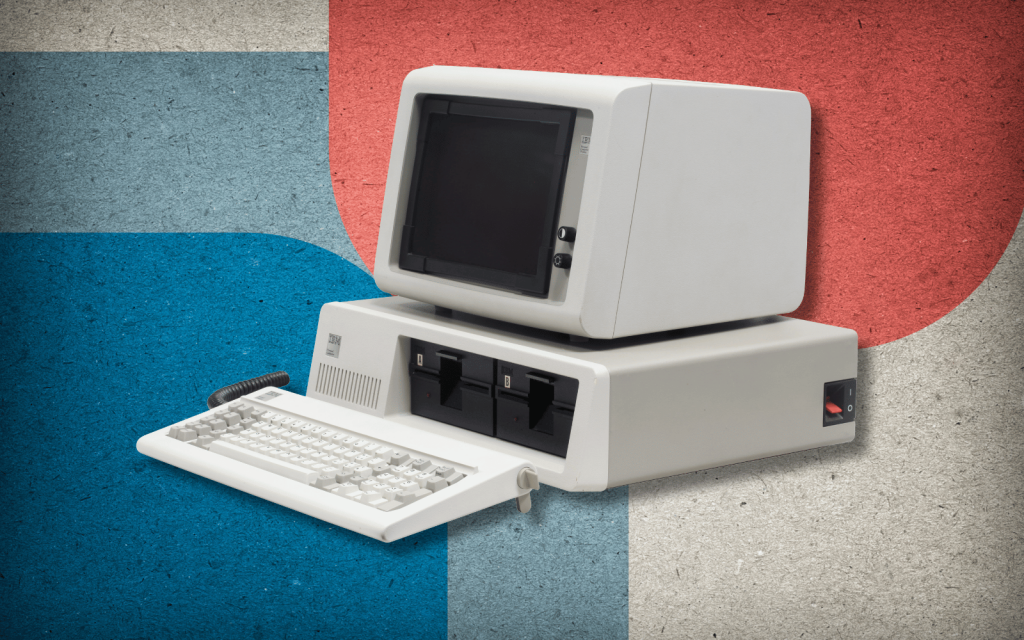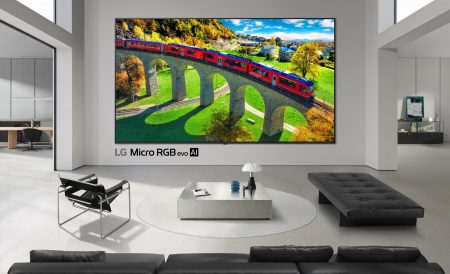Wow, IBM. Has Stuff been taken over by suits? What next: “Why spreadsheets are fantastic”?
Sure, ‘IBM PC‘ might evoke people doing dull things in dull offices, rather than the cool things people do with computers today. But this was 1981. IBM‘s debut PC, the 5150, revolutionised the market … despite the fact that it failed to outperform its rivals and was light on features unless you became light of wallet buying a load of upgrades prior to plugging the thing in. But to borrow a later Apple phrase, IBM quickly won out because it could ‘think different’.
Hang on, IBM was a lumbering monolith. How did it think different?
By doubling down on the notion of not being unique. That sounds counter-intuitive, but bear in mind the market at the time was all about proprietary everything. People were tired of that, so IBM upended the industry by basing its system on standard off-the-shelf parts and open architecture. Users were encouraged to poke around. Third parties could plug holes in the ecosystem and then expand on it – all without permission or interference from IBM. The 5150 was an instant success and IBM quickly dominated.
So why aren’t we all using IBM PCs, IBM phones and IBM smartwatches today?
That ‘open’ thing was a double-edged sword. Inevitably, the industry bellowed: “Send in the clones!’ Within a year, IBM was staring at cheap ‘copies’ of its creation. Before long, no one was referring to ‘IBM PCs’ nor even ‘IBM-compatible PCs’. Compaq, Microsoft and Intel called the shots. And by the mid-2000s, IBM had exited the market it created. That might sound like failure, but as the late Charles Pankenier, IBM’s director of comms for the PC, once said, its legacy is nothing less than legitimising computing at the personal level.



